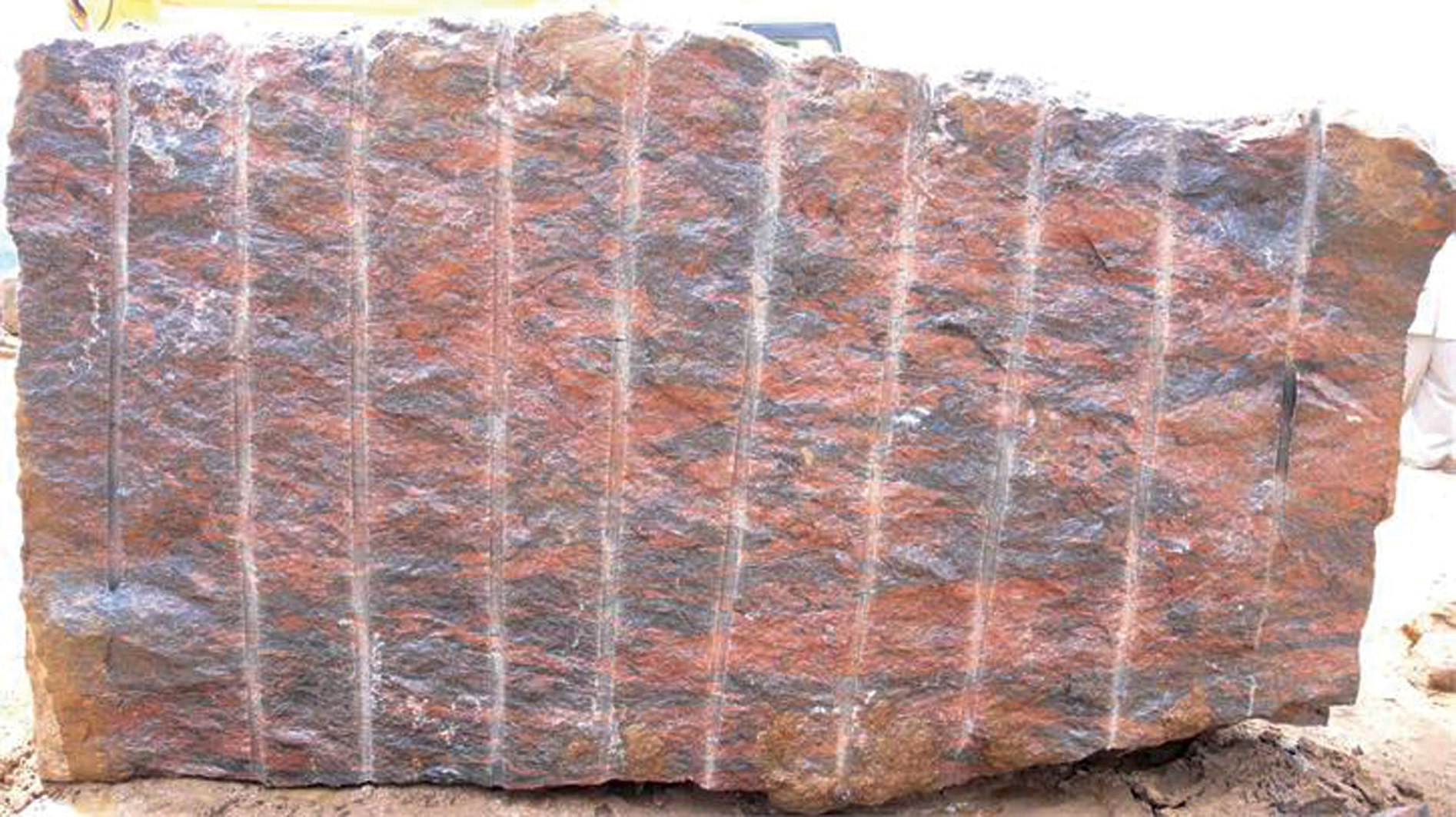Travelling With Granite Quarries in South Africa: A Visual Odyssey
Travelling With Granite Quarries in South Africa: A Visual Odyssey
Blog Article
Discovering the Rich History and Sustainable Practices of Granite Quarrying
As we base on the precipice of uncovering the detailed tapestry of granite quarrying, a journey through time discloses not just the physical act of removing stone however likewise the social and historical relevance woven into the very textile of this practice. From the ancient beginnings that laid the structure for modern quarrying techniques to the lasting practices that are shaping the future of this market, each carve mark on granite surfaces narrates waiting to be uncovered (granite quarries in south africa). The legacy of granite quarrying stretches much past mere removal; it is a testament to human resourcefulness, strength, and the enduring allure of this marvelous stone
Ancient Origins of Granite Quarrying
Dating back to ancient civilizations, the practice of quarrying granite has actually been an indispensable part of human history and architectural improvement. The earliest proof of granite quarrying go back to ancient Egypt, where enormous pyramids and detailed sculptures were crafted from this sturdy stone. The Egyptians made use of primitive devices to remove granite blocks from quarries, showcasing the importance of this material in their monumental buildings.
Progressing in background, the Greeks additionally made substantial payments to the quarrying of granite. The Greeks used granite in various architectural marvels, such as temples and statues, showing their skill in shaping and carving this hardy rock. The Romans better improved the strategies of quarrying granite, utilizing innovative tools like chisels and hammers to remove and form granite for their iconic frameworks.
Through the centuries, the technique of quarrying granite has advanced, with modern-day technologies enhancing efficiency while maintaining the timeless appeal of this all-natural stone - granite quarries in south africa. From ancient civilizations to modern home builders, the tradition of granite quarrying remains to form our world
Evolution of Quarrying Strategies
The advancement of quarrying techniques has actually been noted by a continual progression towards higher performance and precision in removing granite. Early quarrying techniques included hand-operated labor with fundamental devices such as blades, hammers, and wedges to remove granite blocks from the earth.
Developments in computer-controlled devices and 3D modeling have optimized quarrying procedures, leading to minimal environmental impact and improved sustainability techniques. As the need for granite continues to climb, the advancement of quarrying strategies continues to be important to conference sector requires effectively and sustainably.
Cultural Importance of Granite
Granite holds an extensive social relevance across various civilizations due to its enduring presence in architectural work of arts and prized monoliths. From the marvelous pyramids of Egypt to the complex carvings of the Angkor Wat temple in Cambodia, granite has actually been a product of option for expressing grandeur and durability in cultural heritage. In old Rome, granite columns embellished temples and public buildings, signifying toughness and visit the website durability. The cultural significance of granite expands beyond its physical attributes; it personifies strength, stability, and timelessness, making it an icon of withstanding heritages and customs.

Sustainable Practices in Quarrying
Amidst the abundant history of granite quarrying and its cultural value exists a growing emphasis on lasting practices within the sector. As ecological awareness and concerns concerning source depletion have actually increased worldwide, the quarrying industry has increasingly accepted lasting techniques to decrease its influence on the setting and surrounding neighborhoods.

Moreover, recovery and recovery of quarry sites post-extraction are important to lasting methods. my site By bring back quarried locations to an all-natural or beneficial state, such as creating wild animals environments or entertainment areas, quarriers can offset the environmental footprint of their procedures and add favorably to the regional ecosystem.
Legacy of Granite Quarrying
With a historical background soaked in craftsmanship and industrial progression, what sustaining influence has granite quarrying left on the landscape of modern-day society? The legacy of granite quarrying goes beyond simple extraction practices; it has formed architectural marvels, city landscapes, and social heritage worldwide. The resilient nature of granite has made it a recommended selection for monuments, structures, and the original source framework, standing as a testament to the ability and creativity of quarry employees across generations.
In addition, the financial footprint of granite quarrying can not be forgotten. The market remains to provide job opportunity and drive local economic situations in regions where granite removal is common. It has also stimulated technological improvements in quarrying techniques and tools, resulting in much more efficient and lasting practices.
In regards to sustainability, the legacy of granite quarrying includes efforts to alleviate ecological impacts with improvement tasks and responsible source management. By balancing economic rate of interests with ecological stewardship, the industry strives to make sure that future generations can remain to take advantage of this enduring natural deposit.
Final Thought

Report this page